|
by: Sarah Momo Romero This month is National Hispanic Heritage Month! (More precisely, September 15- October 15 are the official dates of celebration, so we’re just about in the middle of it.) As a young girl, I have memories of my mom reading bedtimes stories, with books either in English or Spanish, never both. As a Japanese Peruvian writer, I wanted to showcase books I would’ve loved to have read as a little girl. Hopefully you and your little ones will enjoy these bilingual gems too! 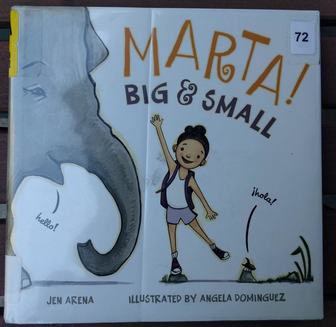 Marta! Big & Small written by Jen Arena and illustrated by Angela Dominguez is a simple, but fun book following Marta and her animal friends. Easy to learn words in Español are dispersed among the story of this a little girl running with a horse, hiding from a lion, and escaping from a snake. Arena’s simple but key words in Spanish will help kids learn fast (rápido), slow (despacio) and different animals names as they follow Marta along her adventures. I especially love Dominguez’s energetic illustration style, creating the playful characters in the book. Dominguez also wrote and illustrated Maria Had a Little Llama, another fun bilingual book with Peruvian roots. Marta! includes a glossary at the end for easy translation and fun learning. 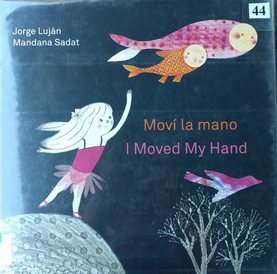 Moví la mano / I Moved My Hand is a poem written by Argentine poet Jorge Luján and illustrated by Mandana Sadat. Unlike Marta! Big & Small, Luján’s beautifully imaginative poem has both English and Spanish sentences side by side on each page. Sadat creates an ethereal almost space-like world, with each colored illustration floating or popping from the page in warm tones of reds and pinks, then transitioning into a beautiful rainbow of colors. Kids will enjoy the many textures and colors created in this dreamy, imaginative story. 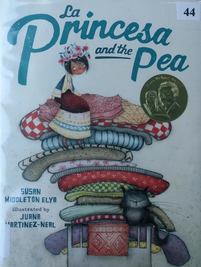 La Princesa and the Pea, a Pura Belpré Award winning book, is written by Susan Middleton Elya and illustrated by Juana Martinez-Neal. Discovering Martinez-Neals’ illustrations of the adorable llamas and cuy (guinea pigs) connected with my little Peruvian heart immediately. A note from the illustrator describes the textiles in the book as “inspired by the weaving and embroidery of indigenous people of Peru”, but the entire book is a Latin-inspired tale of the Princess and the Pea. From the characters’ rosy cheeks to the crimson patterned ponchos, the Peruvian influence feels very distinct and authentic. Readers will delight in this Latin twist on the traditional fairy tale. La Princesa and the Pea includes a glossary in the beginning, for translation of the slightly more challenging words in Español. I hope these three delightful stories will inspire you to also celebrate National Hispanic Heritage month in your own way, even if it only means learning a few Spanish words through these picture books. Do you have any favorite English/Spanish bilingual books?  Sarah Momo Romero is a Japanese Peruvian American artist, a graphic designer by day and children's book author and illustrator by night. She’s loved drawing and painting since she was chiquita and now crafts stories of adventure and wondrous creatures. Sarah is an active SCBWI member who draws inspiration from her life in sunny Los Angeles with her husband/creative partner and dog/infamous escape artist, Peanut. Look out for her first picture book coming out in October 1, 2018! You can find more of Sarah's musings and drawings here:
www.sarahmomoromero.com Facebook: Sarah Momo Romero + Instagram: @sarahmomoromero + Twitter: @sarahmomoromero by Melissa Stoller One rule to follow when writing picture books is to “leave room for the illustrator.” An author must write words that allow space for the illustrator to bring his or her own vision to the project as it relates to and expands on the text. I wrote my stories with this rule in mind. However, I didn’t truly appreciate the nuances until I was polishing my picture books after my illustrators, Sandie Sonke (SCARLET’S MAGIC PAINTBRUSH) and Sandy Steen Bartholomew (READY, SET, GORILLA!), worked their magic. At that point, I was able to edit and remove some phrases because the pictures told the story without the extraneous words. Now, when I draft new manuscripts, I am even more conscious of leaving room for illustrators to expand on the ideas that I begin with my words. Here are three examples from recent picture books that highlight this concept: 1) “Everything you need for a treehouse starts with time and looking up and imagining a home of timber and rafters in wrangled, gnarled bark.” Everything You Need for a Treehouse, by Carter Higgins, illustrations by Emily Hughes. Here, the author writes lyrical prose that allows the illustrator’s imagination to take flight in a wondrous, opening two-page spread. And notice the author didn't mention a boy and a girl, and there is no indication of the dog that the illustrator includes. 2) “Maximillian Villainous came from a long line of famous villains. But Max was different from his family.” Maximillian Villainous, by Margaret Chiu Greanias, illustrated by Lesley Breen Withrow. The author didn’t elaborate on these Villainous relatives, but the illustrator included portraits on the wall so the reader could see the long line of villains. Throughout the book, the author includes brilliant puns and wordplay, and the illustrator enhances the story with vibrant and clever artwork. 3) “’Here,’ said a student, passing the birds a book. They didn’t know what to do. ‘Like this,’ said another student. ‘Watch me!’ The birds tried their best to blend in but . . . NOT . . . ALWAYS . . . SUCCESSFULLY! The bell rang in the nick of time.” No Peacocks!, written by Robin Newman, illustrated by Chris Ewald. In this portion of the story, the illustrator has free reign to imagine how the peacocks would blend into a classroom. The comic antics of the peacocks result from both the text and the art. When you draft new picture books, if you’re not the illustrator as well, consider the open areas you can leave for the illustrator's enchanted images. The author's words won't tell the whole tale. Instead, the dance that authors and illustrators engage in together creates the incredible world of picture books. MELISSA'S BIO: Melissa Stoller is the author of the chapter book series The Enchanted Snow Globe Collection - Book One: Return to Coney Island and Book Two: The Liberty Bell Train Ride (Clear Fork Publishing, 2017 and 2019); and the picture books Scarlet’s Magic Paintbrush and Ready, Set, GOrilla! (Clear Fork, Fall 2018). She is also the co-author of The Parent-Child Book Club: Connecting With Your Kids Through Reading (HorizonLine Publishing, 2009). Melissa is an Assistant for the Children’s Book Academy, a Regional Ambassador for The Chapter Book Challenge, an Admin for The Debut Picture Book Study Group, and a volunteer with the Society of Children’s Book Writers and Illustrators/MetroNY. Melissa has worked as a lawyer, legal writing instructor, freelance writer and editor, and early childhood educator. She lives in New York City with her husband, three daughters, and one puppy. When not writing or reading, she can be found exploring NYC with family and friends, traveling, and adding treasures to her collections. CONNECT: www.MelissaStoller.com http://www.facebook.com/MelissaStoller http://www.twitter.com/melissastoller http://www.instagram.com/Melissa_Stoller http://www.pinterest.com/melissastoller  by Bryan Patrick Avery Recently, I’ve been studying the work of comedy magicians such as Mark James, Mac King, and Scott Alexander. What I’ve discovered is there is a delicate balancing act to be performed. Too much humor, and you overshadow the magic. Not enough, and what humor there is seems out of place. This is also true when telling a story. Let’s take a look at three humorous tales that have found a great balance between humor and story. “No, David!”, a Caldecott Honor Book by David Shannon, follows the antics of David, a little boy who finds his way into big trouble. With sparse text (mostly variations of "No, David") the story is told primarily through the images. We follow David is he tracks mud through the house, plays with his food at the table and gets in all manner of hilarious trouble. We connect with David and, when he is punished for a particularly destructive accident, we feel for him as he sits in his corner. The book takes a surprising, and touching turn at the end which makes it a satisfying read for adults and kids alike. If you’re looking for a way to combine text and imagery in a way that elicits both laughs and emotion, check out “No, David!” “Eduardo Guardardo, Elite Sheep”, written by Anthony Pearson and illustrated by Jennifer E. Morris, is the newest edition to my bookshelf. Eduardo Guardardo is a sheep who is graduating from the Fairy-Tale Bureau of Investigations. He considers himself to be an Elite Sheep. He’s even been given his own case! As he embarks on his case, keeping a young girl named Mary safe from several unseemly characters, he repeatedly turns down help from his fellow agents. He soon finds out that he can’t succeed in his mission alone, leading to a surprising story conclusion. This tale, an imaginary backstory for Mary Had A Little Lamb, is creative and funny, and the conclusion helps reinforce a valuable lesson for readers. It’s a fun read and a great example of using creativity to create a witty and enjoyable book. “Book or Bell?” written by Chris Barton and illustrated by Ashley Spires, begins with a situation we can all relate to: Henry is reading a book. It has him hooked, and then the bell rings. The book will have to wait right? Not this time. Henry decides to ignore the bell and keep reading. The school, unprepared for a student to “stay put”, immediately sees the consequences as Henry’s absence from other activities has negative (and hilarious) repercussions. Funnier still, though, is the reaction from political leaders to Henry’s actions. The story is wrapped up with a very simple suggestion. In all, it’s a satisfying end to a side-splitting tale.
Well, that’s all for this month. Next month, we’ll look at a few books that showcase diversity in interesting and innovative ways. Have a magical month! As you know I'm a big fan of making a better world through kid's books. I also love helping to get the word out about wonderful books by former students. So today I want to honor friend and former student Gayle Pitman. But first I want to share a little about why I think Gayle has been so successful. Gayle is an academic who is used to writing, and writing a lot, but writing for kids and writing for academia are two very different beasts. Gayle has mastered the art of writing for both with two very different sets of language. For kids, she uses lots of poetic devices like rhythm and repetition and employs nifty page turns. Her books are bouncy and fun to read while she combines fiction with nonfiction information to tell heartfull, meaningful, and important stories that read effortlessly. Read as a body of work, the key message is justice and empowerment. While most of the younger books use simple language to convey complex ideas, her teen book, Feminism from A-Z packs a stronger age-appropriate punch. I was expecting it to start with A for Activism but instead I had to smile when it started with Anger! Way to go Gayle! Anyway, I want to start with a video I made a while ago of Gayle's first book, This Day In June, which went on to win a prestigious ALA Stonewall award among other awards. It's a delightful book about LGBTQI rights, diversity and community. Gayle does a wonderful job of creating a fun and welcoming environment for kids and parents. Gayle is also a professor of psychology and in the back of this book she gives a sweet guide for parents on how to approach their children about these issues. The illustrator, Kristyna Litten, really brings a bright and sunny aura to the book with quirky, simple, and absolutely adorable illustrations. The rhyme and rhythm of this book is also just really wonderful. After reading this book you'll think to yourself, "How could anyone not support this community?" It's just a really cool book. Since then Gayle has published these fabulous books And rather than reinvent the wheel, and because I am crazy busy, I took the following descriptions from Gayle's website here: When You Look Out the Window tells the story of Phyllis Lyon and Del Martin, one of San Francisco's most well-known and politically active lesbian couples. Describing the view from Phyllis and Del's window, this book shows how one couple's activism transformed their community - and had ripple effects throughout the world. Includes a Reading Guide that provides helpful historical context, and a Note to Parents, Caregivers, and Educators about the importance of teaching LGBTQ history and culture to children.
In A Church for All, inspired by Glide Memorial Church and other wonderful progressive churches, this book is yet another story about inclusion, acceptance and making a just and loving world told with simple beautiful language inviting children to enter the church for all. Here's the description from Gayle's website: This simple, lyrical story celebrates a Sunday morning at an inclusive church that embraces all people regardless of age, class, race, gender identity, and sexual orientation. All are welcome at the church for all!
You can learn more about Gayle and her books on her website https://gaylepitman.com/books which I really encourage you to visit. Also, because Gayle has published several of her books though Magination Press, I also encourage you to think of purchasing her books there to give maximum benefit to the author, illustrator and publisher so they can keep publishing wonderful books like these. |
We are so excited to be mixing things up at CBA, beginning with some delicious additions to the Blogfish. Meet our awesome bloggers!!
Here's our lineup: 1st Mondays begin with former school psychologist Dr. Debra Collins who will be writing about Social emotional Learning in kidlit and behind the scenes as well as Jewish children's books. 2nd Mondays will feature super smart Melissa Stoller whose career is taking off with several new books. 3rd Mondays will feature our new blogger coming soon. 4th Mondays features new blogger, the fabulous Brentom Jackson, who has a beautiful approach to blogging. And 5th Mondays we'll be taking a break Archives
July 2024
|
|
Discover
|
About Us
|
Join Us
Join our Community and receive a fabulous free gift, KidLit tips, newsletters, scholarship info, contests, and more!
Join our KidLit Mentorship |
Social Media
Interact with our FaceBook Group or follow us on:
|
© 2010-2024 All content on this website is copyrighted. Sorry, all courses are non-refundable.
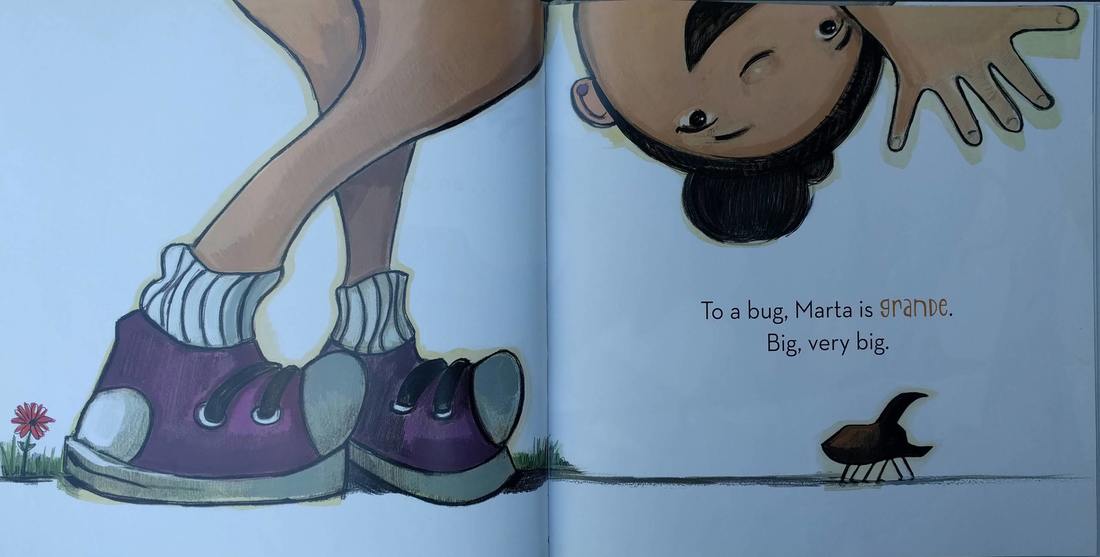
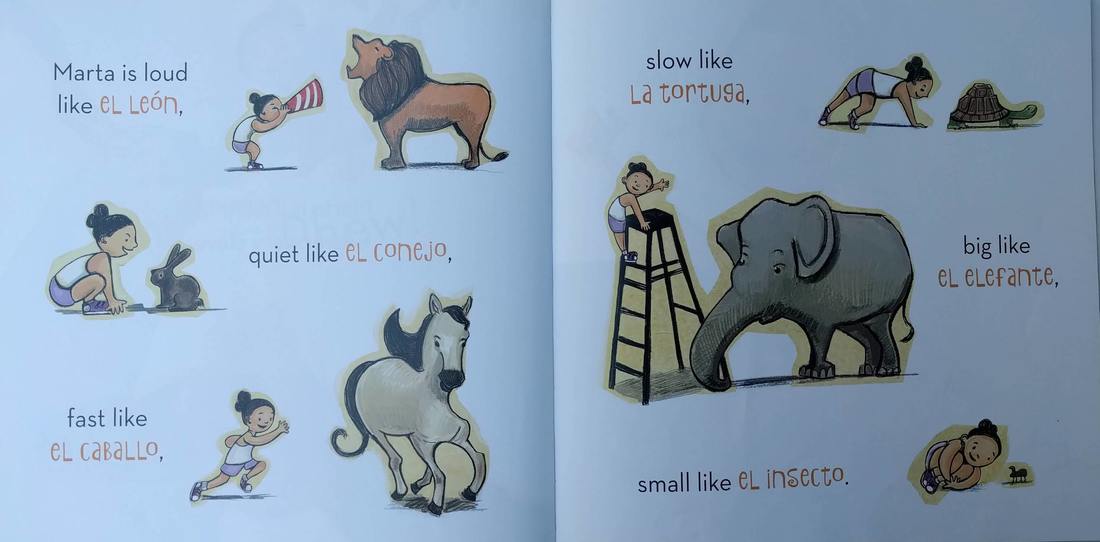
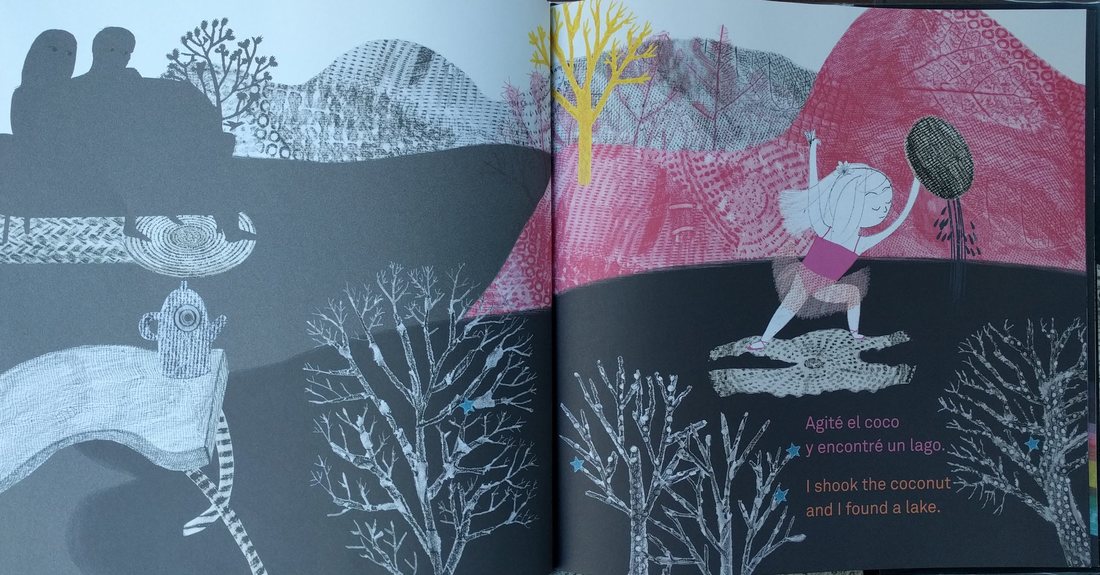
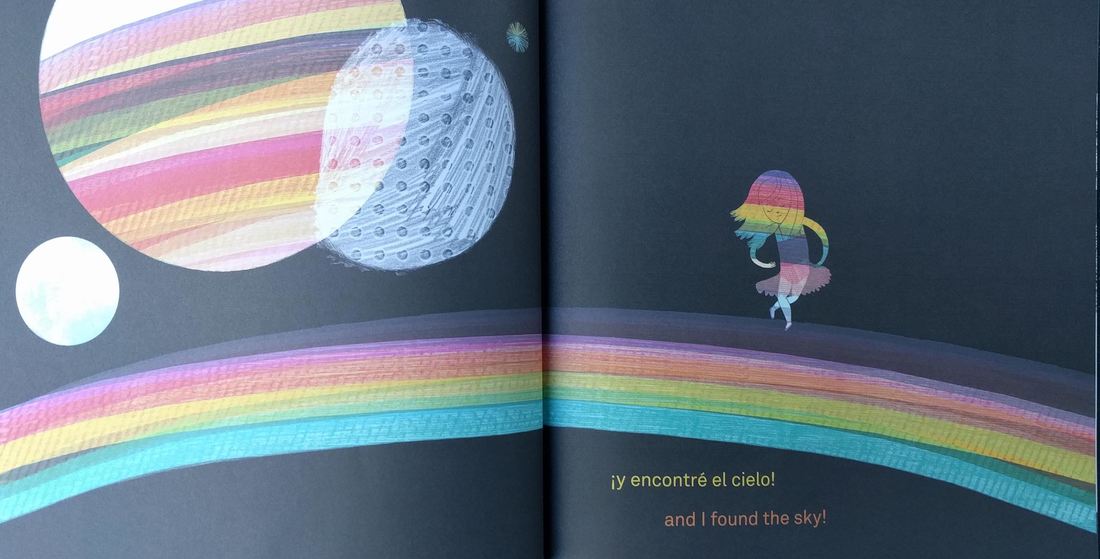
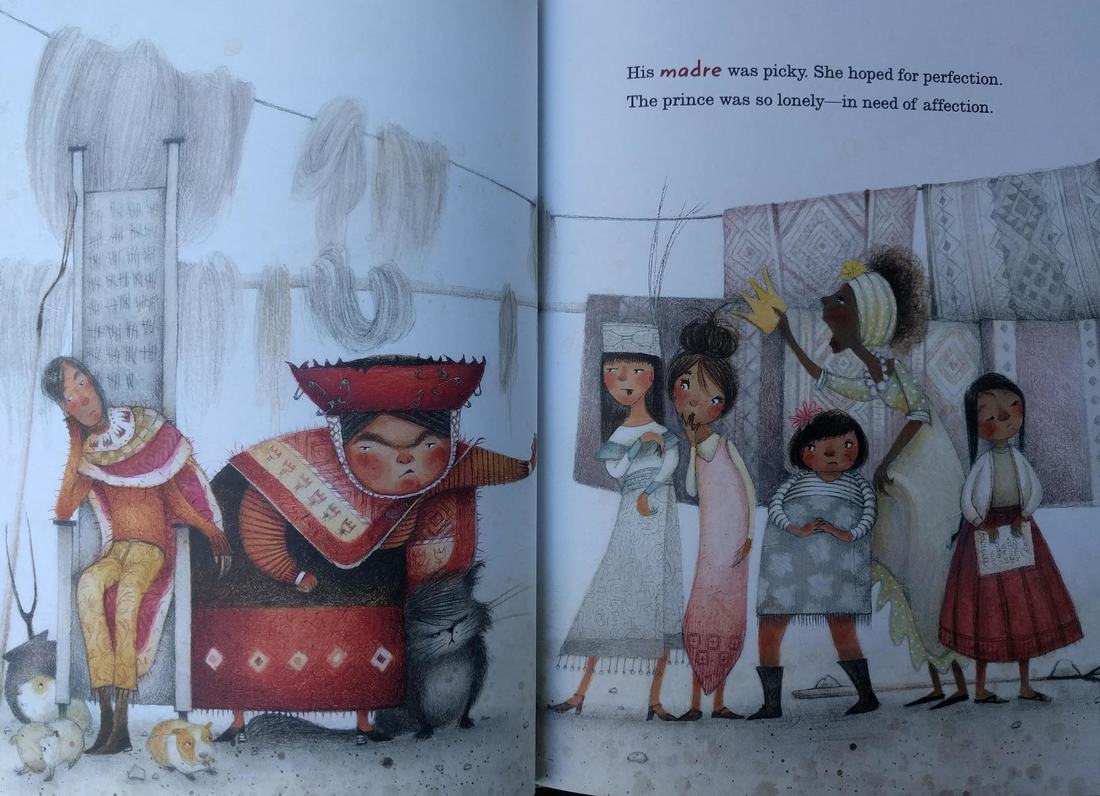
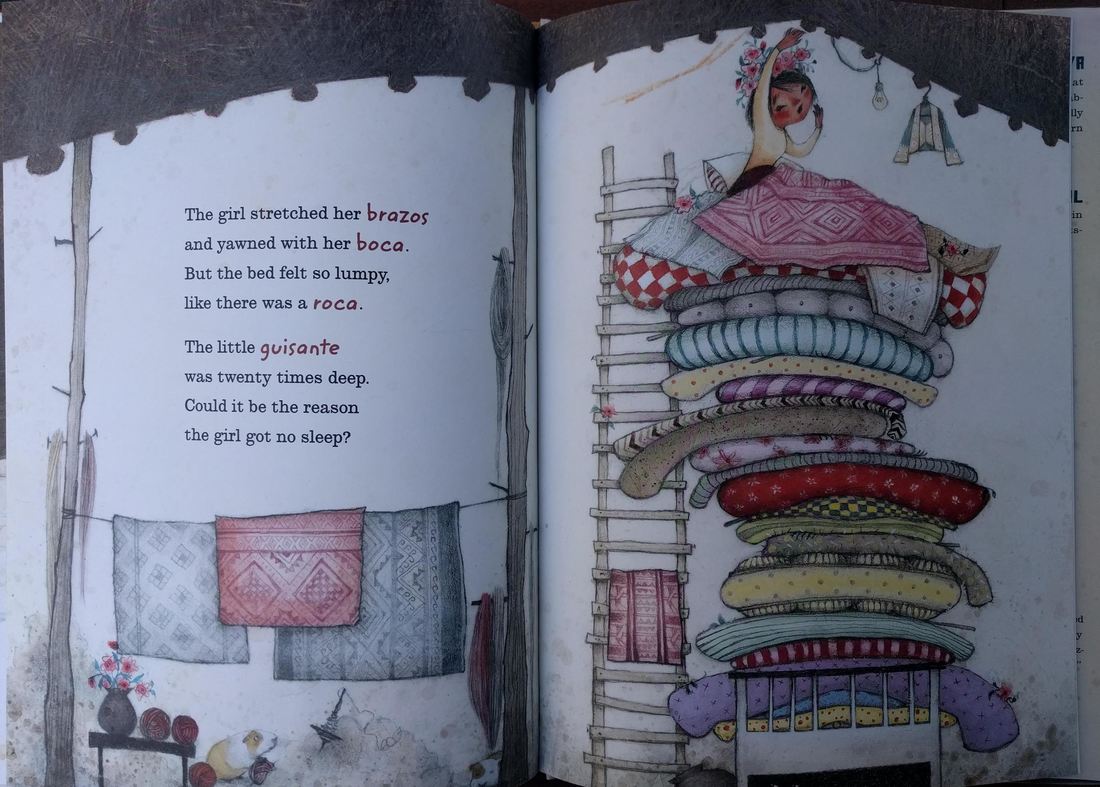
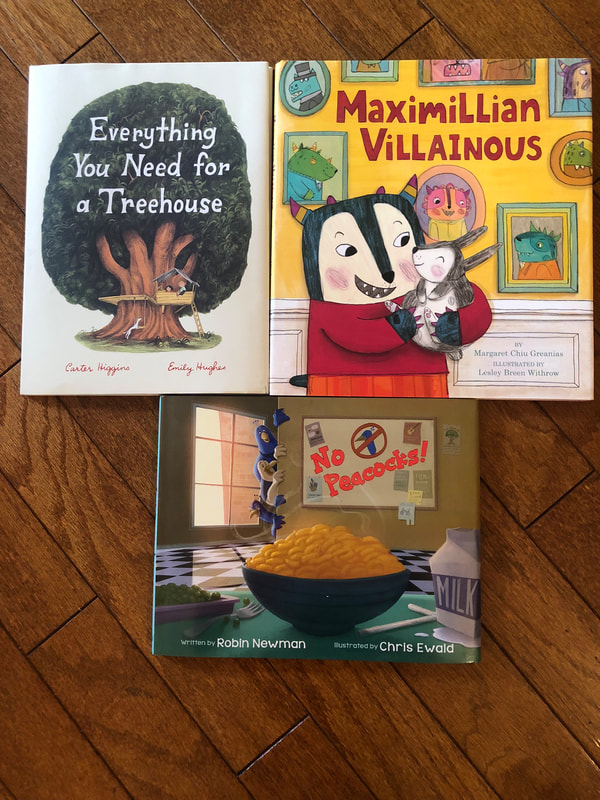
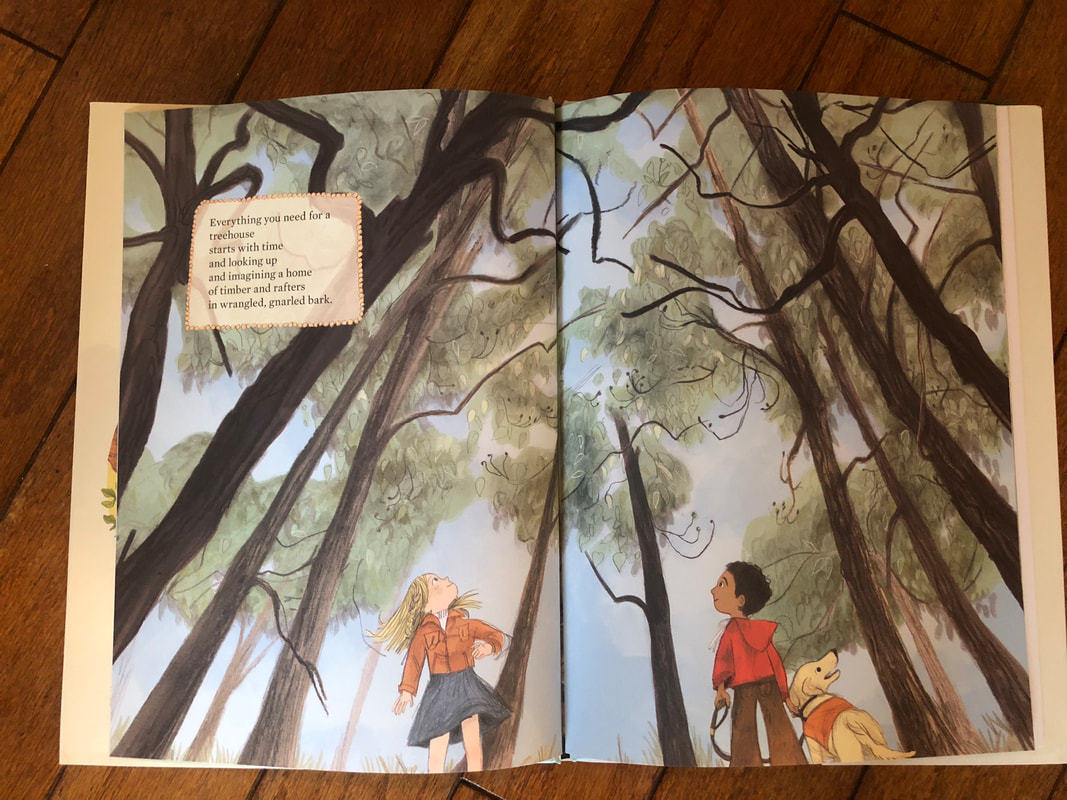
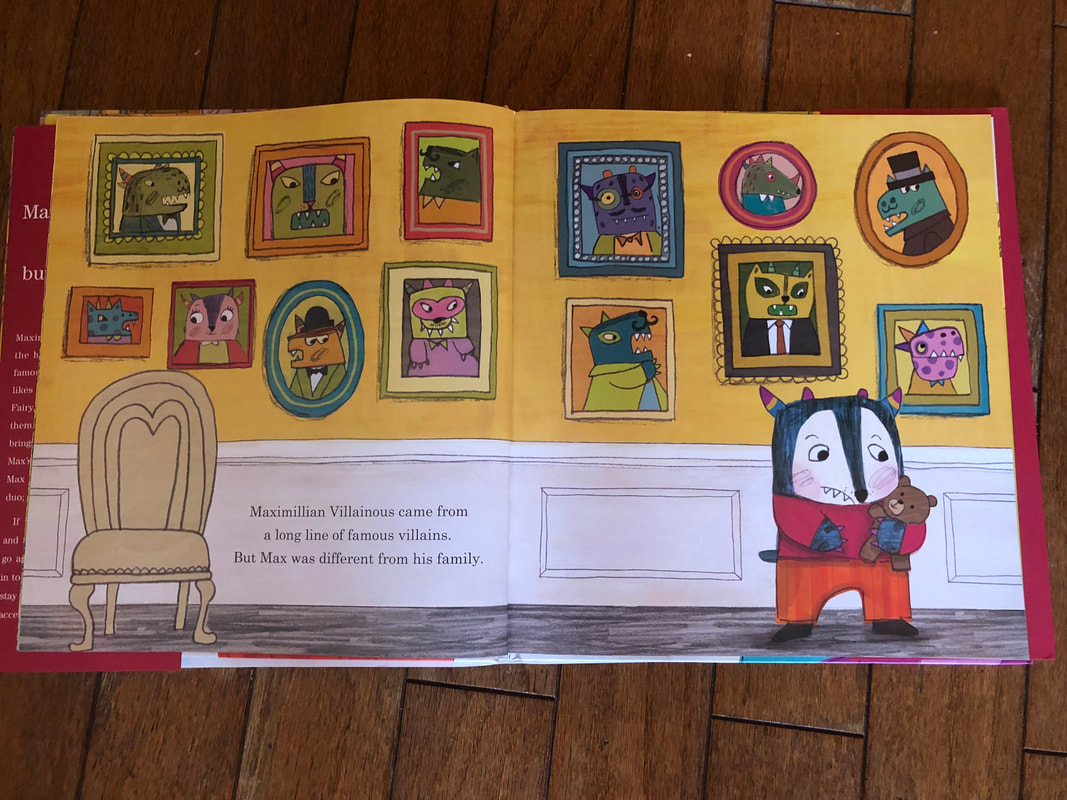
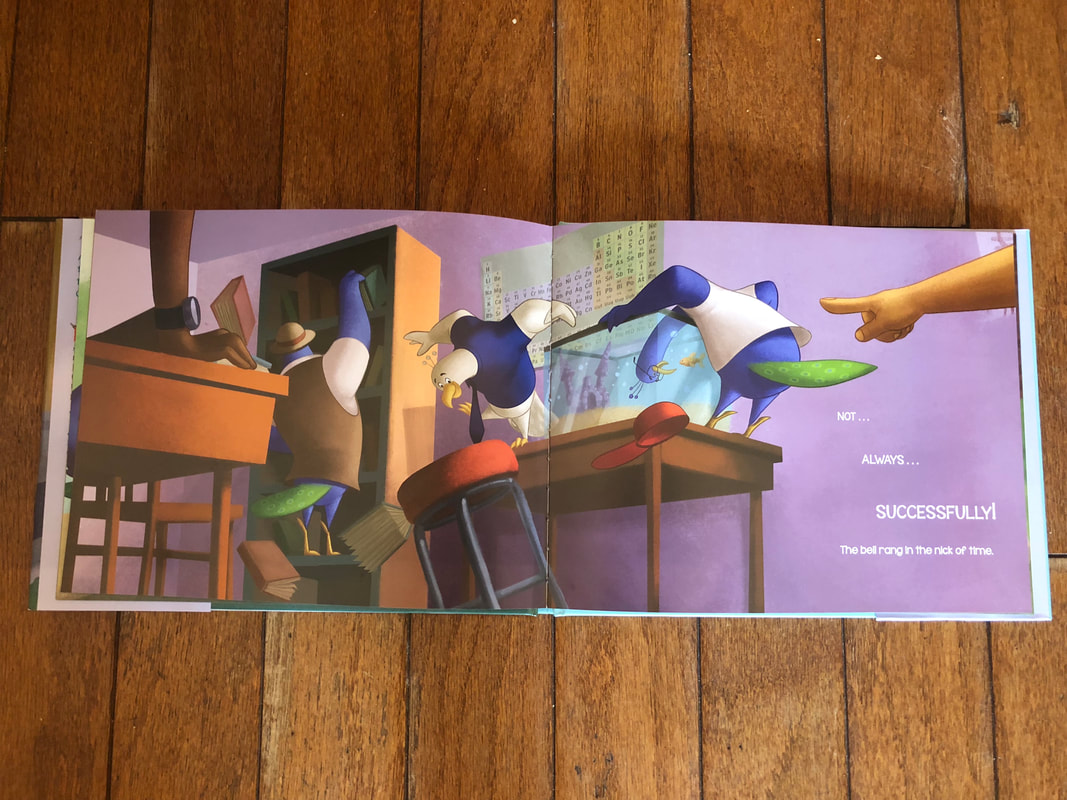
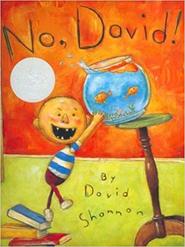
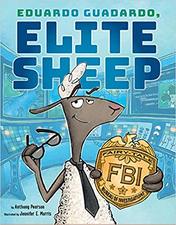
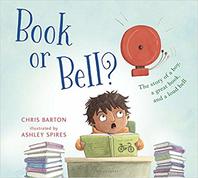
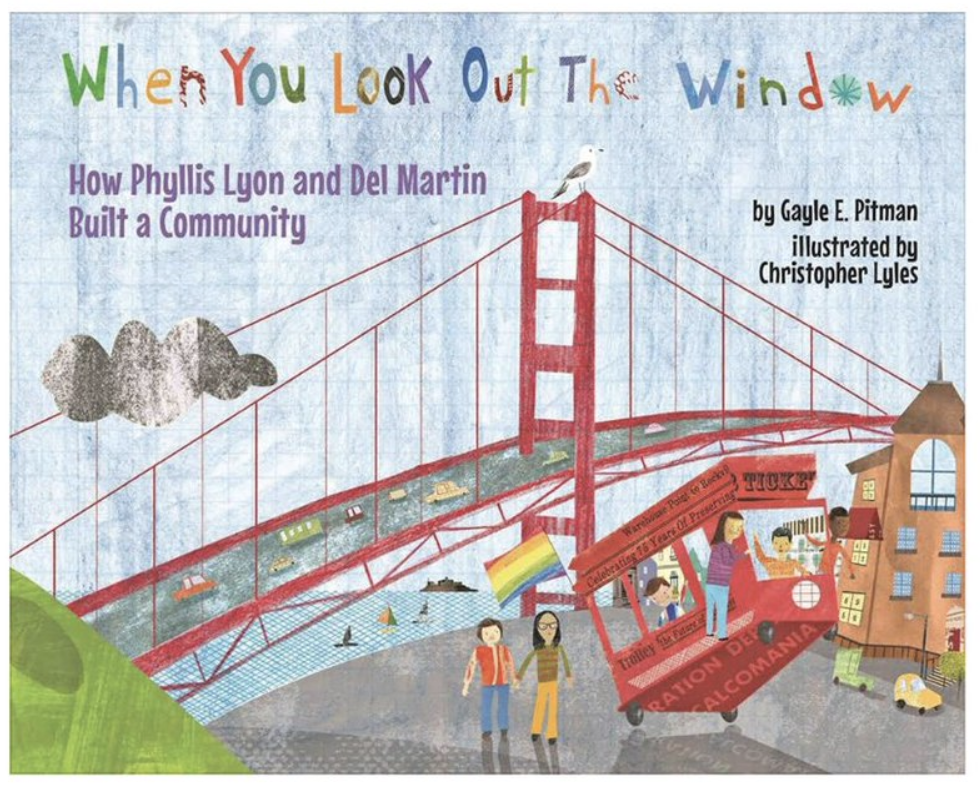
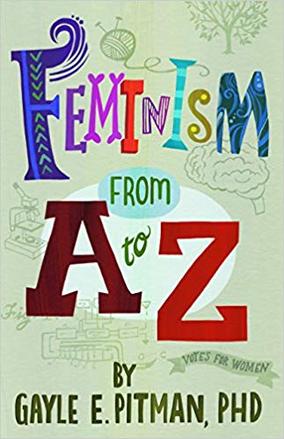
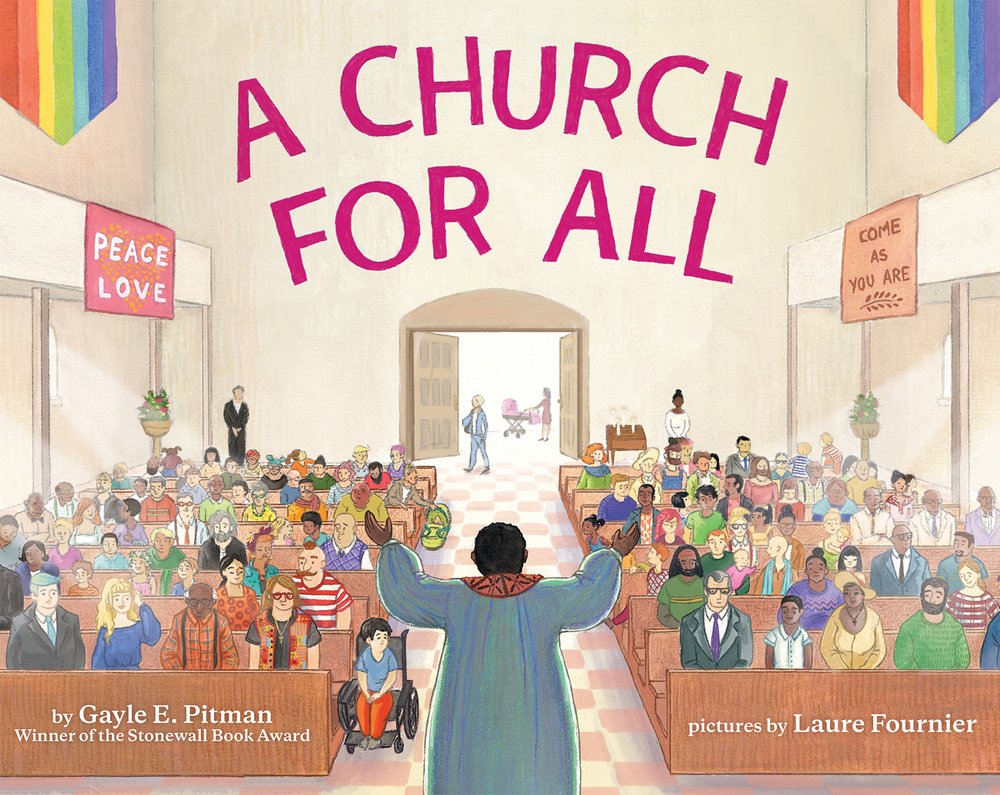
 RSS Feed
RSS Feed
